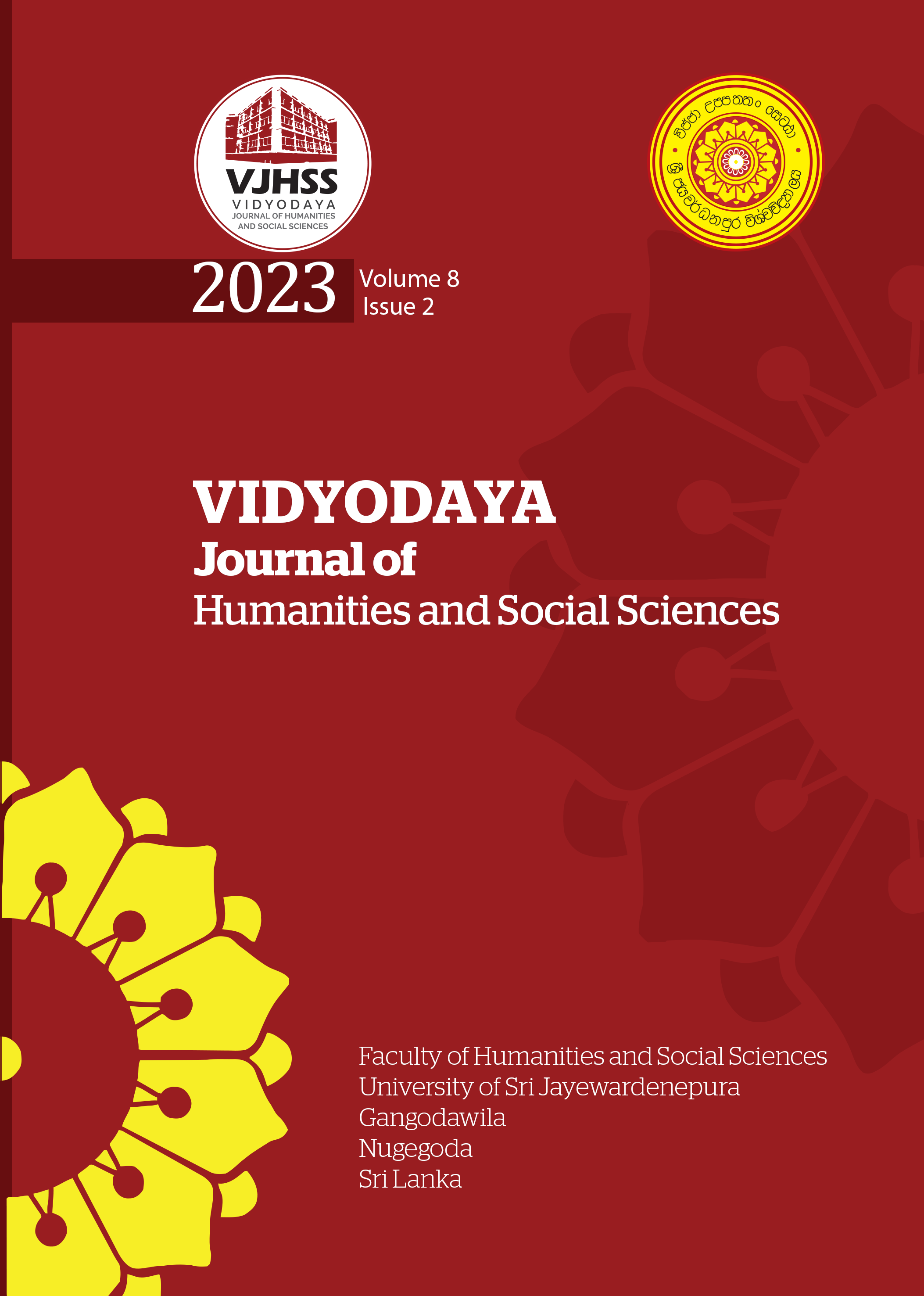A Study of Dance Usage in Kusa Paba Movie
Abstract
A dance technique used to supplement the acting can be identified in modern Sinhala films that have taken Indian historical stories as a source. The Sinhala film Kusa Paba, directed by Sunil Ariyaratne, is based on the Kusa Jãtaka in the book Pansiya Panas Jathaka Potha, and it is set in North Indian social culture. The research problem of this study is to investigate how the proposed social culture is revealed through the use of dance in the Kusa Paba film. The central assumption of this study is to identify the use of dance in this film and, secondarily, to recognize the proposed social culture. This study is based primarily on qualitative data and inductive reasoning. The data gathered through the methods of watching the film, library research, and interviews has been presented as a contextual analysis. For those dance scenes, costumes and composition, background decoration, and music styles were well used to represent North Indian culture. The study revealed that South Indian culture is highlighted through the use of dances such as Kudirai Attam, Kathakali and the constant use of basic postures, foot movements and hasta mudras in Bharata Nãtyam. The study concluded that other dance-related features are more indicative of the projected social culture than the dance style and motions employed in the Kusa Paba movie. Accordingly, the research recommends that these negative impacts can be reduced through proper source analysis and through an optimal interrelationship with the film squad to choreograph the cinema dance.



